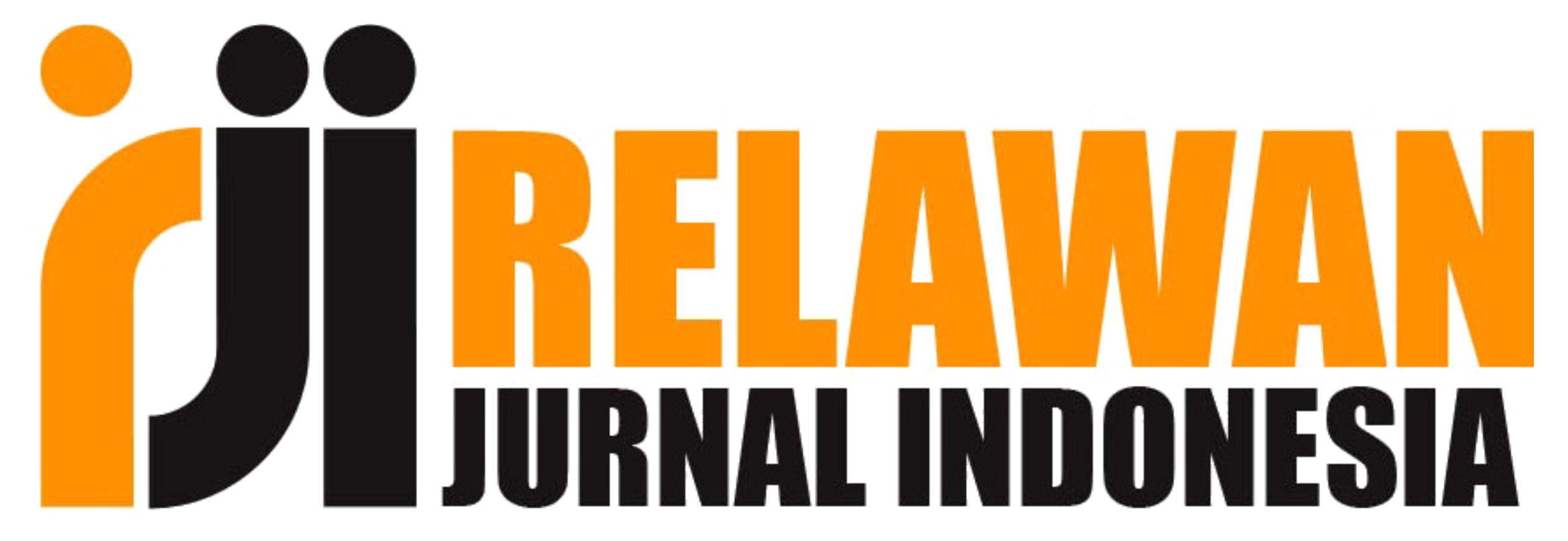Theory of Resource-Based View (RBV): Integrated Framework of Distinctive Capability in University Performance
Abstract
Keywords
Full Text:
PDFReferences
Acosta-Gonzaga, E. (2023). The Effects of Self-Esteem and Academic Engagement on University Students’ Performance. MDPI Behavioral Sciences, 13(4). https://doi.org/10.3390/bs13040348.
Asif, M., & Searcy, C. (2014). Total Quality Management & Business Excellence Determining the key capabilities required for performance excellence in higher education. 3363. https://doi.org/10.1080/14783363.2013.807676
Awang, A. (2010). Study of Distinctive Capabilities and Entrepreneurial Orientation on Return on Sales among Small and Medium Agro-Based Enterprises ( SMAEs ) in Malaysia. International Business Research, 1985, 34–48.
Baez-Lopez, Y., Carrillo-Gutiérrez, T., & Hernández-Escobedo, G. (2020). The Impact of Environmental Factors on Academic Performance of University Students Taking Online Classes during the COVID-19 Pandemic in Mexico. Sustainability, 12(21), 9194. https://doi.org/10.3390/su12219194
Bari, N., Chimhundu, R., & Chan, K. C. (2022). Dynamic Capabilities to Achieve Corporate Sustainability: A Roadmap to Sustained Competitive Advantage. MDPI Sustainability., 14(3), 1531. https://doi.org/10.3390/su14031531
Barney, J. (1991). Firm Resources and Sustained Competitive Advantage. Journal of Management, 17(1), 99–120. https://doi.org/https://doi.org/10.1177/014920639101700108
Barney, J. B., & Wright, M. (2011). The Future of Resource-Based Theory : Revitalization or Decline ? 37(5), 1299–1315. https://doi.org/10.1177/0149206310391805
Barney, W. S. H. (2015). Strategic Management and Competitive Advantage (5th ed.). Pearson Education Limited.
Brennan, J., & Shah, T. (2000). Quality Assessment and Institutional Change: Experiences from 14 Countries. Higher Education. 40(3), 331–349.
Cruickshank, M. (2014). Total Quality Management & Business Excellence Total Quality Management in the higher education sector : A literature review from an international and Australian perspective Total Quality Management in the higher education sector : a literature review fro. Total Quality Management & Business Excellence, October 2014, 1159–1167. https://doi.org/10.1080/1478336032000107717
Grant, R. M. (1991). The Resource-Based Theory of Competitive Advantage: Implications for Strategy Formulation. California Management Review, 33(3), 114–135. https://doi.org/https://doi.org/10.2307/41166664
Hair, J., Black, W., Babin, B., & Anderson, R. (2010). Multivariate Data Analysis: A Global Perspective. In Multivariate Data Analysis: A Global Perspective.
Hartono, R., & Sheng, M. L. (2015). Technology Analysis & Strategic Management Knowledge sharing and firm performance : the role of social networking site and innovation capability. Technology Analysis & Strategic Management, 7325(December). https://doi.org/10.1080/09537325.2015.1095289
Harvey, L., & Williams, J. (2010). Fifteen Years of Quality in Higher Education. Quality in Higher Education. 16(1), 3–36. https://doi.org/https://doi.org/10.1080/13538321003679457
Helfat, C. E., & Marvin B. Lieberman. (2002). The birth of capabilities: Market entry and the importance of pre-history. Industrial and Corporate Change, 11(4), 725–760.
Hsu, L. C., & Wang, C. H. (2012). Dynamic capabilities and organizational performance: The mediating role of innovation. Journal of Management & Organization.
Hughes, M., & Morgan, R. E. (2007). Deconstructing the relationship between entrepreneurial orientation and business performance at the embryonic stage of firm growth ☆. Industrial Marketing Management, 36, 651–661. https://doi.org/10.1016/j.indmarman.2006.04.003
Iqbal, Q., & Piwowar-Sulej, K. (2022). Sustainable Leadership, Environmental Turbulence, Resilience, and Employees’ Wellbeing in SMEs. Frontiers in Psychology, 13. https://doi.org/10.3389/fpsyg.2022.939389.
Islam, T., Ahmad, S., & Ahmed, I. (2022). Linking environment specific servant leadership with organizational environmental citizenship behavior: the roles of CSR and attachment anxiety. Review of Managerial Science, 17. https://doi.org/10.1007/s11846-022-00547-3
Kotler, P., & Keller, K. L. (2016). A Framework for Marketing Management. In Marketing Management.
Magutu, P., Nyamwange, O., & Ongeri, R. N. (2010). Quality Management Practices In Kenyan Educational Institutions : The Case Of The University Of Nairobi. [African Journal of Business & Management, 1(August 2014).
Makadok, R., & Gordon Walker. (2000). Identifying a Distinctive Competence: Forecasting Ability in the Money Fund Industry. Strategic Management Journal, 21(8), 853–864. http://www.jstor.org/stable/3094400.
Martin, J. A., & Eisenhardt, K. M. (2010). Rewiring: Cross-business-unit collaborations in multibusiness organizations. Academy of Management Journal, 53(2), 265–301.
Martono, S., Wartini, S., Khoiruddin, M., Prananta, W., & Febriatmoko, B. (2023). University Superior Performance Based On Balance Scorecard : The Role Of Managerial Competence And Management Control System. EPRA International Journal of Economics, Business and Management Studies (EBMS), 10(November), 71–79. https://doi.org/10.36713/epra1013
McShane, Steven L., dan Glinow, M. A. Von. (2007). Organizational Behavior. New York: McGraw-Hill Companies, Inc.
Mihardjo, L. W. W., & Alamsyah, F. (2020). Maximising co-creation strategy through integration of distinctive capabilities and customer experiences in supply chain management. Uncertain Supply Chain Management, 8, 187–196. https://doi.org/10.5267/j.uscm.2019.7.005
Prananta, W., Vitradesie Noekent, Angga Pandu Wijaya, & Bayu Bagas Hapsoro. (2023). Customer Switching Intention: The Integrated Framework Of Disconfirmation Theory. Media Ekonomi Dan Manajemen, 38(2), 326–342.
Rajwinder Singh, H.S. Sandhu, B. A. M. and R. K., & Effective. (2010). Vision: The Journal of Business Perspective. The Journal of Business Perspective, 14. https://doi.org/10.1177/097226291001400303
Rejas, L. P. (2018). Strategic Plan, Distinctive Capabilities And Culture In Higher Education Institutions. Interciencia, 43(10), 677–679.
Robert Jacobi and Ellena Brenner. (2017). How Large Corporations Survive Digitalization. Digital Marketplaces Unleashed, 83–97.
Wheelen, T., & Hunger, D. J. (2010). Strategic Management and Business Policy: Achieving Sustainability (12th ed.). Prentice Hall.
Yu, W., Ramanathan, R., & Nath, P. (2017). Environmental pressures and performance: An analysis of the roles of environmental innovation strategy and marketing capability. Technological Forecasting and Social Change, 160–169.
Zaefarian, G., Forkmann, S., Mitrega, M., & Henneberg, S. . (2017). A Capability Perspective on Relationship Ending and its Impact on Product Innovation Success and Firm Performance. Long Range Planning, 50(2), 184–199.
DOI: http://dx.doi.org/10.56444/mem.v39i2.4891
Article Metrics
Abstract view : 892 timesPDF - 0 times
Refbacks
- There are currently no refbacks.
Copyright (c) 2024 Media Ekonomi dan Manajemen

This work is licensed under a Creative Commons Attribution 4.0 International License.

This work is licensed under a Creative Commons Attribution 4.0 International License.







